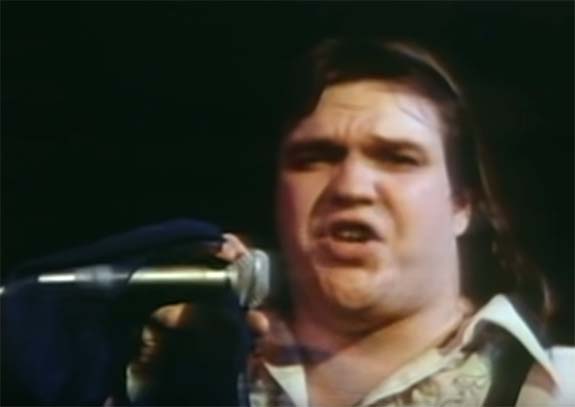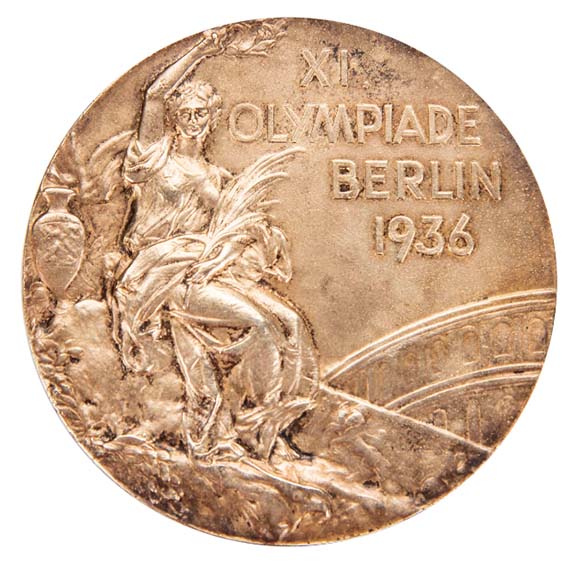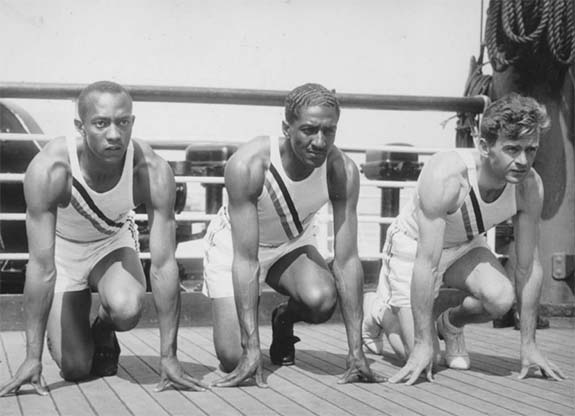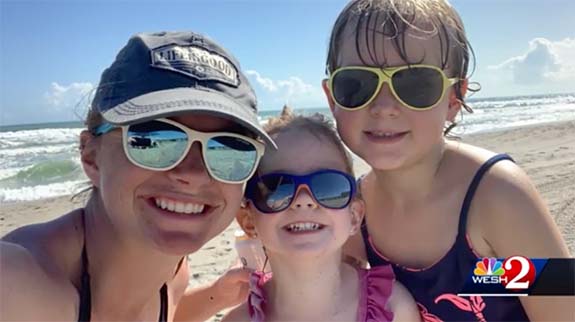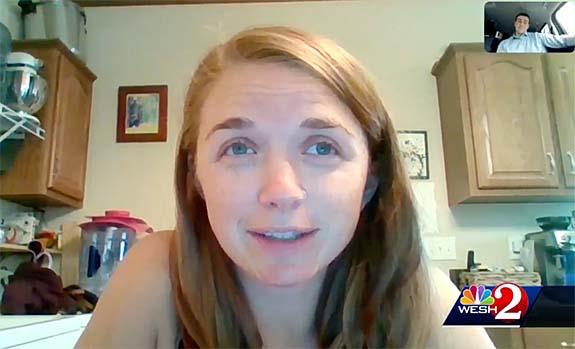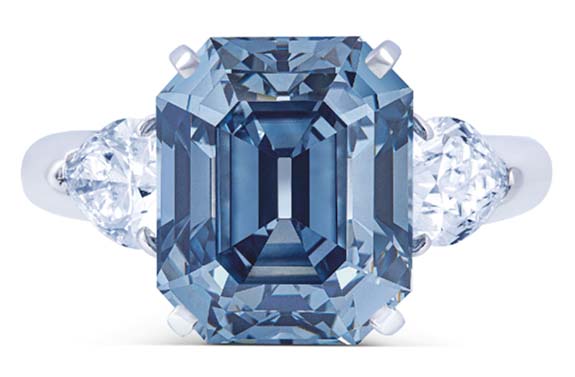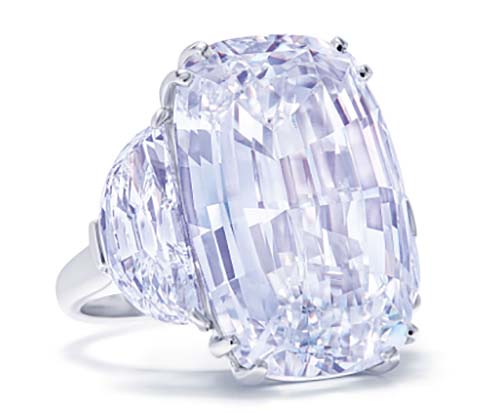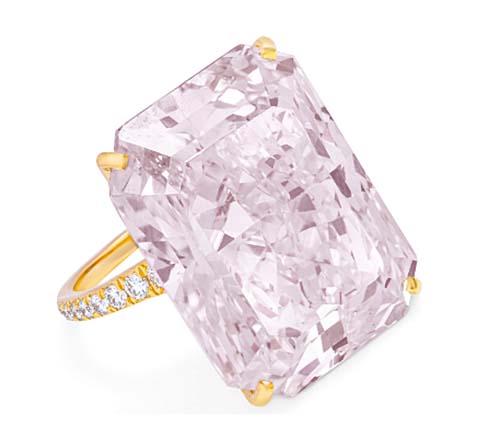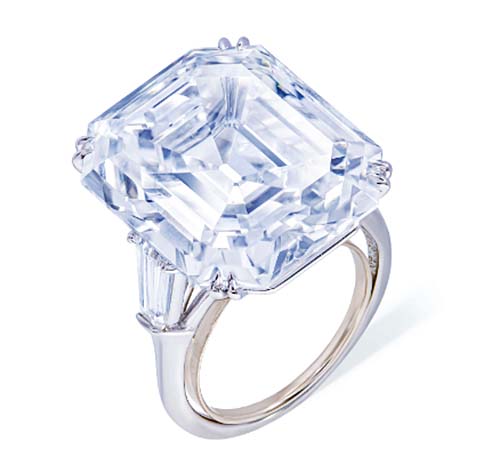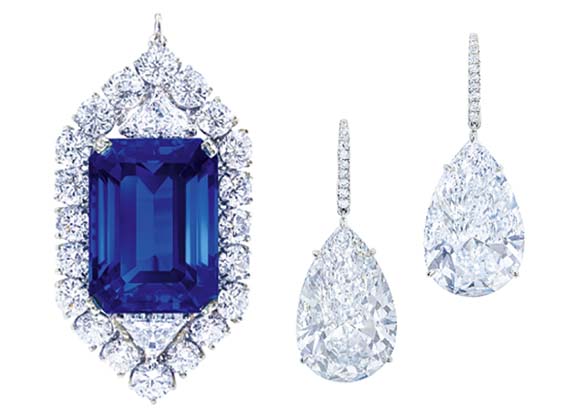Welcome to Music Friday when we bring you awesome songs with jewelry, gemstones or precious metals in the title or lyrics. Meat Loaf’s 1978 rock classic happens to qualify in two categories, and “Two Out of Three Ain’t Bad.”
In his signature song, Meat Loaf has been jettisoned by a girlfriend who demanded — but didn't receive — a “love” commitment. Meat Loaf confesses that he wants her and needs her, but there ain’t no way he’s ever going to love her. “But, don’t be sad,” he sings, “cause two out of three ain’t bad.”
Meat Loaf uses precious metal and gemstone symbolism to define his inadequacies as a partner. He sings, “You’ll never find your gold on a sandy beach / You’ll never drill for oil on a city street / I know you’re looking for a ruby in a mountain of rocks / But there ain’t no Coupe de Ville hiding at the bottom of a Cracker Jack box.”
In the end, we learn that the reason Meat Loaf can't commit to a new relationship is because his heart was broken "so many years ago" by the only woman he ever loved. Not coincidentally, she told him, "I want you, I need you, but there ain’t no way I’m ever gonna love you."
Composer Jim Steinman wrote this power ballad for Meat Loaf’s iconic Bat Out of Hell album, one of the most successful albums of all time with more than 43 million copies sold worldwide. “Two Out of Three Ain’t Bad” reached #11 of the Billboard Hot 100 chart and remains one of Meat Loaf’s most memorable tunes.
In a 2003 interview with VH1, Steinman explained that “Two Out of Three Ain’t Bad” was spawned when a friend recommended that he try to write an uncomplicated song, similar to Elvis Presley’s “I Want You, I Need You, I Love You.”
Meat Loaf’s powerful vocals and three-octave range has helped to propel his stellar career. Born Michael Lee Aday in Dallas in 1947, Meat Loaf is one of the most successful recording artists of all time, having sold more than 80 million records.
Please check out the video of Meat Loaf performing “Two Out of Three Ain’t Bad.” The lyrics are below if you’d like to sing along.
“Two Out of Three Ain’t Bad”
Written by Jim Steinman. Performed by Meat Loaf.
Baby we can talk all night
But that ain’t gettin' us nowhere
I told you everything I possibly can
There’s nothing left inside of here
And maybe you can cry all night
But that’ll never change the way I feel
The snow is really piling up outside
I wish you wouldn’t make me leave here
I poured it on and I poured it out
I tried to show you just how much I care
I’m tired of words and I’m too hoarse to shout
But you’ve been cold to me so long
I’m crying icicles instead of tears
And all I can do is keep on telling you
I want you, I need you
But there ain’t no way I’m ever gonna love you
Now don’t be sad
’Cause two out of three ain’t bad
Now don’t be sad
’Cause two out of three ain’t bad
You’ll never find your gold on a sandy beach
You’ll never drill for oil on a city street
I know you’re looking for a ruby in a mountain of rocks
But there ain’t no Coupe de Ville hiding at the bottom
Of a Cracker Jack box
I can’t lie, I can’t tell you that I’m something I’m not
No matter how I try
I’ll never be able to give you something
Something that I just haven’t got
There’s only one girl I’ll ever love
And that was so many years ago
And though I know I’ll never get her out of my heart
She never loved me back
Oh I know
I remember how she left me on a stormy night
She kissed me and got out of our bed
And though I pleaded and I begged her not to walk out that door
She packed her bags and turned right away
And she kept on telling me
She kept on telling me
She kept on telling me
I want you, I need you
But there ain’t no way I’m ever gonna love you
Now don’t be sad
’Cause two out of three ain’t bad
I want you, I need you
But there ain’t no way I’m ever gonna love you
Now don’t be sad
’Cause two out of three ain’t bad
Baby we can talk all night
But that ain’t getting us nowhere
Credit: Screen capture via YouTube.com.
